Recreational spaces are an invaluable asset to our communities. They provide physical and mental health benefits, create cleaner air and water and enhance community connections. Outdoor gathering spaces also attract tourists and visitors who put money into the local economy.
To ensure they’re successful, public recreational spaces must be thoughtfully designed for the people who live in and visit the community. Whether you’re in charge of designing a new recreational space or improving an existing park, here are some tips to keep in mind.
Choose a Simple, Adaptable Design
While this may sound counterintuitive, it’s actually best to go with a simple and adaptable commercial playground design. This way, you can make use out of the funds you have today and give your community room to enhance the space in the future. Usually, this is possible once communities get more money and have more involvement.
Make Your Park Accessible
A good public space is accessible to everyone – residents living in the community and visitors passing through. Be sure to create a hierarchy of streets and paths for pedestrians, cyclists and people with physical disabilities. Also include wayfinding signage, benches for sitting and shade structures. This allows everyone to move freely and safely throughout your space.
Select the Right Materials
The best materials for outdoor spaces are simple, durable and respective to the park’s natural habitat. For instance, if the community wants to enhance its green space, you could opt for bright, sustainable materials like artificial turf or poured rubber. Slopes, hills and other playful landscapes are also great additions.
When selecting materials, be sure to consider these three factors:
- Choose materials that can be easily replaced, as well as those that are energy and resource efficient.
- Pick materials that blend in well with the rest of the environment while also making your space look welcoming and inviting.
- Spend more on the areas that will get the most attention. You can then reduce your budget for less used spaces. Remember, as you get more money, you can enhance what you want.
Put Pedestrians First
It’s tempting to accommodate cars before people, but a recreational space should appeal to the people first. Plus, by catering to cyclists and pedestrians, you can create a space that embraces safety. Place parking lots away from the walking paths so that you have more room for open-air activities, face-to-face interaction and interesting hardscapes.
Consider the User Experience
Don’t just think about what your park looks like – also think about how it functions. When people walk, they prefer direct routes and shortcuts. Acceptable walking distances for most people are between 400-500 meters (or about 5 minutes). Children, seniors and people with disabilities require shorter distances. Also consider the surrounding landscape and stimuli, as well as the safety of pedestrians.
Building a recreational space is made easier when you work with CR Studio Design. Let us help you plan a playground, park or other outdoor space that is appealing and attractive for your community.
